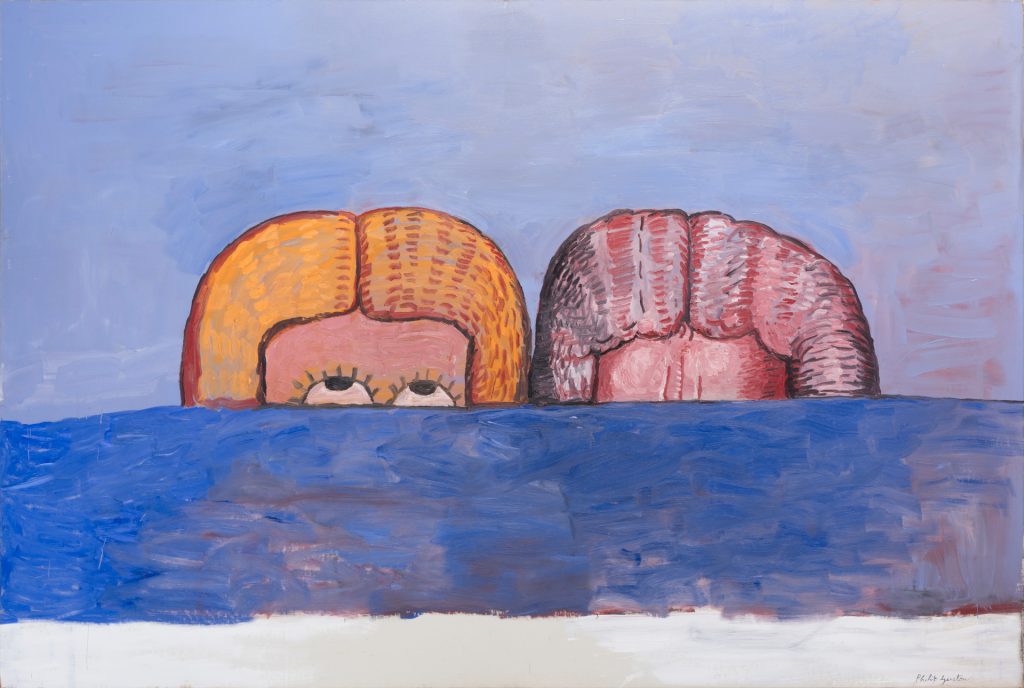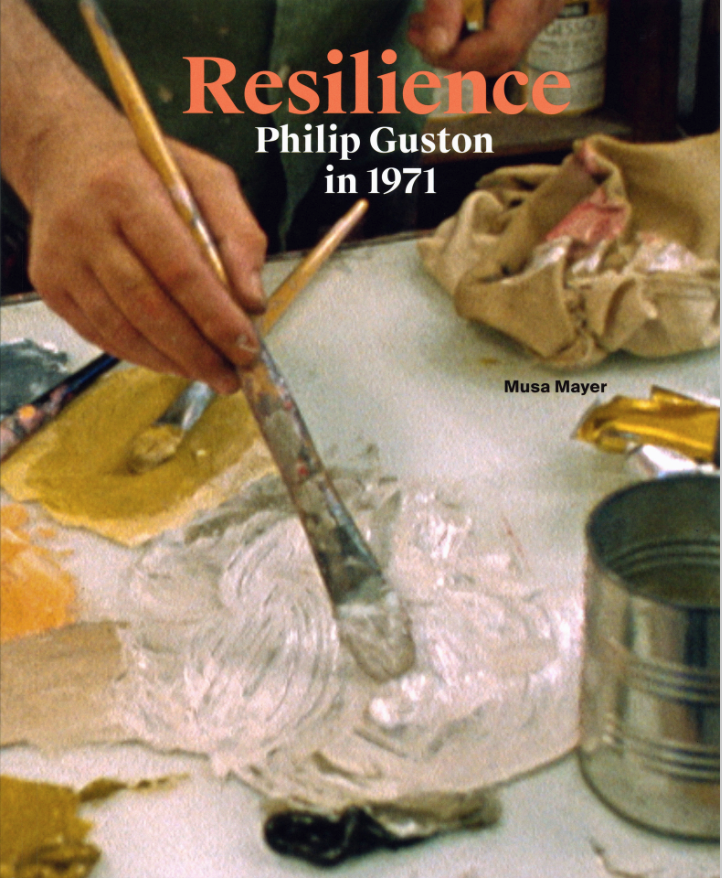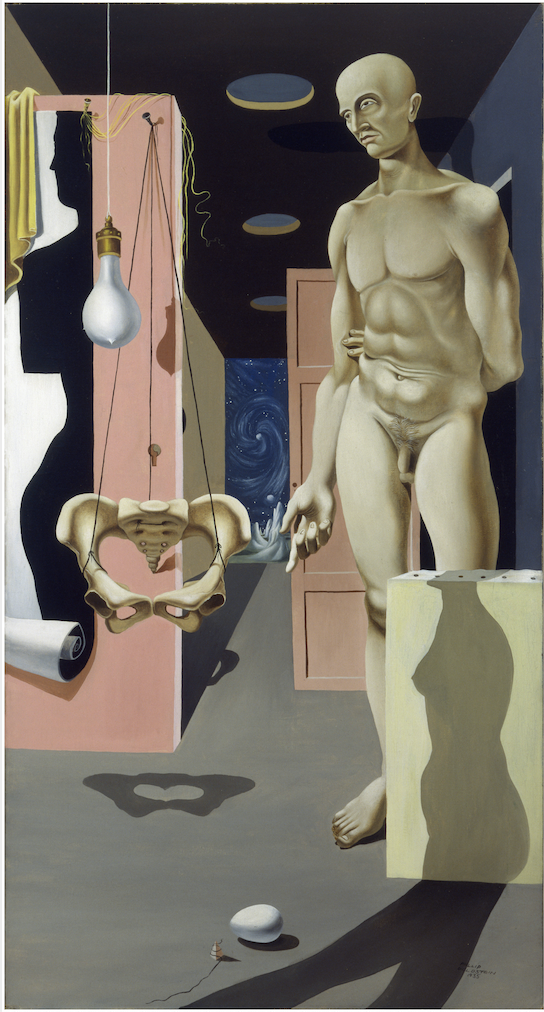In an article for Cultured Magazine, Musa Mayer, the Guston Foundation’s President, discusses the online exhibition she curated for Hauser & Wirth and how she used her father’s experience for inspiration.

“From my father, I learned by example that all of life, not only the satisfactions and joys, but also—or perhaps especially—the losses and tragedies, were fit subjects for art; that the injustice and cruelty of the world demand a response and that above all, art should be real—grounded in authentic expression, questioning and doubt.
I learned that asking deep questions, being honest with oneself and not turning away from that which is painful is a path for expanding experience. And I learned that navigating dreams, fears, memories—the full weight of the subconscious mind—can lead to fertile new territories ripe for exploration.”






